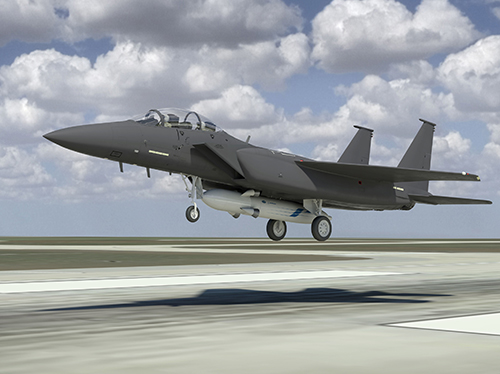Copyright 2014 Robert Clark
Because of the high thrust of the Merlin 1D engine and the lightweight of the reusable Falcon 9 v1.1 first stage, the stage can not hover on its return to Earth. The firing of the engine has to be precisely timed so that the rocket reaches about zero relative velocity to the Earth once it reaches the landing point. SpaceX has referred to this non-hovering mode of landing as "hover-slam". It is due to the fact the thrust to weight ratio of the stage is still above 1 with single Merlin 1 D firing when the stage is nearly empty on landing:
http://www.newspacejournal.com/2013/03/09/more-on-grasshoppers-johnny-cash-hover-slam-test/
Still for safety reasons I would prefer a stage that did have the capability to hover. One concern without the ability to hover for example would be unexpected large changes in wind speed and direction known as wind shear. Airline pilots know these when they are low to the ground as "microbursts".
Microburst schematic from NASA. Note the downward motion of the air until it hits ground level, then spreads outward in all directions. The wind regime in a microburst is completely opposite to a tornado.
These can be potentially dangerous for pilots during takeoffs and landings since they result quickly in a large change in the aircraft's apparent airspeed, important for maintaining lift. There have been several airline accidents with wind shear identified as the cause.
While wind shear is particularly dangerous for aircraft when near to the ground because it gives the pilots limited time to react, it does also occur at altitude. For both Space Shuttle accidents wind shear is suspected to have been a contributing factor. For the Challenger accident wind shear occurred about the same time as the shuttle reached Max Q, maximum aerodynamic pressure. This may have increased the stresses on the vehicle leading to a breach in the solid rocket boosters. In the case of Columbia, unusually strong wind shear occurred also close to Max Q that might have weakened the wing before the impact of the insulating foam.
Recently, SpaceX had to destroy its Falcon 9R test vehicle during its last test flight:
SpaceX has not released the cause of the accident but the rocket appeared to pitch over during the flight. There could be variety of reasons for this and not wind, but unexpected wind changes could cause it.
The ability to hover gives you more leeway about where you land and some leeway when. You could then avoid the wind shear like an aircraft doing a go-around.
So how to give it the ability to hover? One way would be to use a smaller engine for the landing engine. In fact SpaceX already has it in its inventory: the original Merlin 1A.
The page on the Falcon 1 by Ed Kyle gives the Merlin 1A engine a sea level thrust of 34,900 kgf (kilograms-force). And Kyle's page on the Falcon 9 v1.1 gives the total sea level thrust using 9 Merlin 1D engines as 600,000 kgf. So one would be 66,000 kgf. Then replacing the Merlin 1D with the 1A would result in a loss of 31,000 kgf thrust. This is only a 5% loss of sea level thrust.
Kyle's page on the F9 v1.1 though gives it dry mass of 19 metric tons (mT). Typically rocket engines leave some residual propellant left in the tanks at about 0.5%. This would be about 2,000 kg.This would give the first stage a mass at landing at about 21 mT. Then the Merlin 1A would need to be throttleable down to 60%.
However, the Merlin 1D was made to be throttleable down to 70%, but the Merlin 1A never was. Then for this method to work the Merlin 1A would also need to be made throttleable.
Bob Clark
Update, October 13, 2014:
A correspondent to my Facebook page named David Whitfield suggested the
possibility exhaust from the preburner alone for the Merlin 1D might be low
enough to give the Falcon 9 first stage hovering capability. You might be able
to use 1 to all 9 Merlin 1D preburners to provide the needed thrust.
BTW, is this the same as the turbine exhaust that appears on the left on
this image:
UPDATE, October 25, 2014:
Another suggestion for achieving low throttleability is to use variable size nozzles. This is discussed here:
Altitude compensation attachments for standard rocket engines, and applications.
http://exoscientist.blogspot.com/2014/10/altitude-compensation-attachments-for.html
Another suggestion for achieving low throttleability is to use variable size nozzles. This is discussed here:
Altitude compensation attachments for standard rocket engines, and applications.
http://exoscientist.blogspot.com/2014/10/altitude-compensation-attachments-for.html






